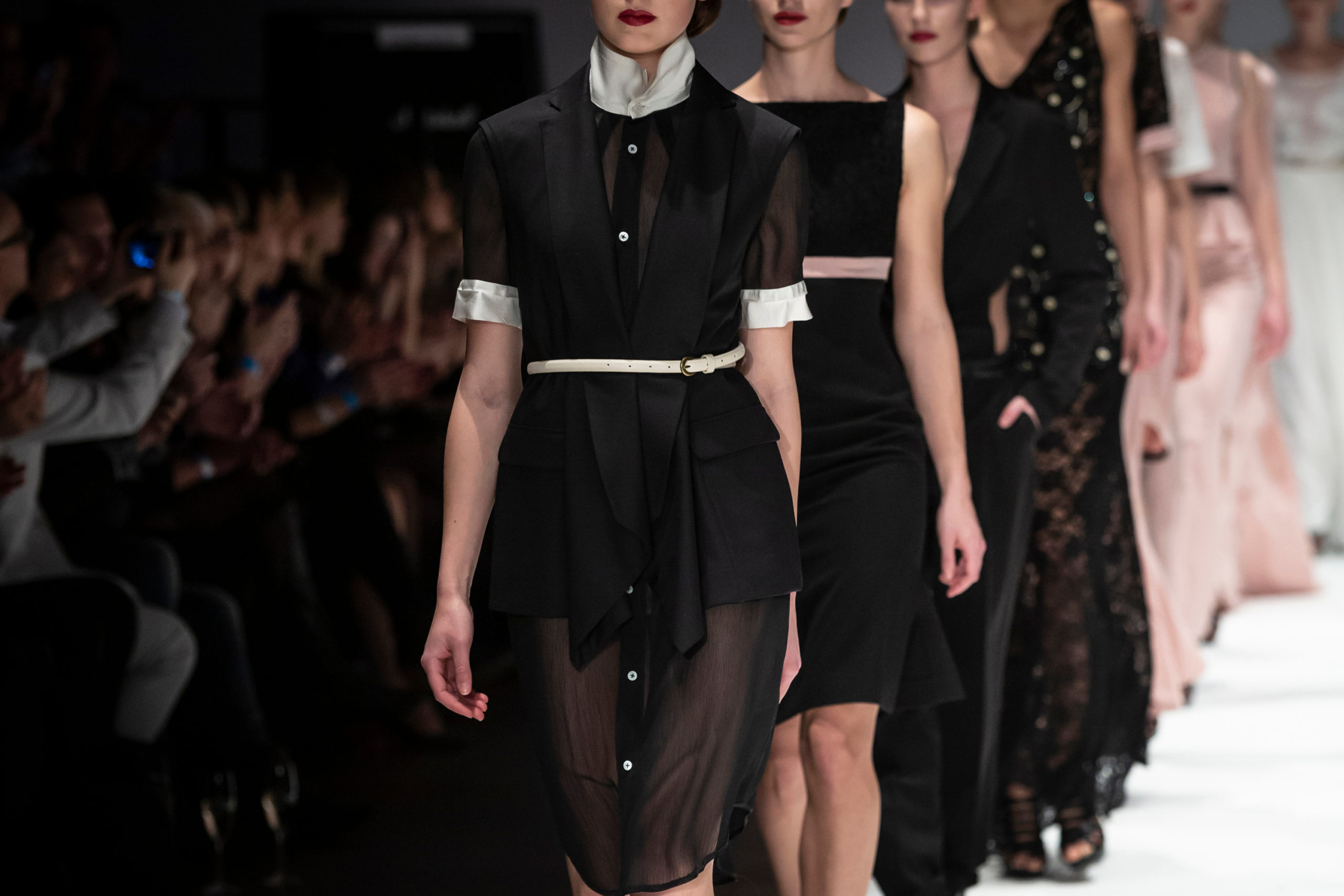
As London’s first ever digital fashion week kicks off, we take a look at the problem of imitation goods in the fashion industry and the Intellectual Property tools available for companies to combat the copycats.
Imitation goods cost the fashion industry billions each year, diluting and damaging the reputation of even the most well-known brands whilst lining the pockets of the counterfeiters. You can, however, defend your company against the fakes by protecting, policing and enforcing your IP.
In the UK and EU, unregistered design right is generated automatically upon the creation of a design, for example a garment. There are of course requirements which must be met to own an unregistered design right, one cannot simply acquire rights in a simple pencil skirt we have all seen before. If you believe your design has been copied, seek advice, as your design could already be protected for at least 3 years from its creation against copycats. Relying on unregistered rights can be tricky however, as you must prove that you own them through evidence and prove that the imitation goods were produced by copying, which can be costly and time consuming. It’s often therefore advisable to protect your key designs by registration.
Perhaps the most important thing to remember when considering registering a design is to keep it under your hat, so to speak! Once you publicly tell someone about your design, you have disclosed it and you cannot then register it in many countries around the world. In a few countries, such as the UK, there is a grace period, which means you can register your design after you disclose it provided you do this within one year. Best practice is usually to keep quiet and operate under non-disclosure agreements where necessary before registering your design.
You might ask why you would register your design if you get at least 3 years of unregistered design rights for free. In some cases, there may be no reason. There is no “one-size-fits-all” solution here. You need to align your Intellectual Property strategy with your business plans to get the right protection for you. Registered rights are however, generally speaking, easier and cheaper to exploit and enforce than unregistered rights, and you can enforce them not only against copycats but against independently created designs which create the same overall impression. Registered designs are also fairly simple and relatively cost effective to acquire and can last much longer than unregistered rights, i.e. up to 25 years, so long as they are renewed every 5 years, so there are clear benefits to registration. Furthermore, provided you have not disclosed your design, you might also be able to register it in China, India and other markets of great importance to both the manufacture and retail of your goods where copying can be rife.
Though certainly important, designs are not the only intellectual property rights relevant to a fashion business. Consumers make repeat purchases not only because they love the product design but also because they trust the brand, because it tells them, for example, that a dress is cut well, a handbag is of a certain quality or those shoes will act as a status symbol. A brand can be any sign that consumers associate with your fashion product; the more traditional sign being a name or logo but don’t forget that signs can also extend to colours and shapes amongst other things. Consequently, Trade Mark rights can offer very strong protection to complement your design rights, especially considering that (unlike designs) they can last indefinitely.
In the UK, you can acquire unregistered trade mark rights simply through using your brand in the course of trade. These rights can then be used to prevent a third party from subsequently using or registering an identical or similar sign in relation to their business if consumers would be deceived into thinking the two businesses were connected, such that your earlier business would be damaged. This is a very strong right in the UK; however, like unregistered design right, you need to show that you own the necessary goodwill, with evidence of your extensive use. The evidential burden is very high and your time and money could definitely be better focussed elsewhere, especially in a fledgling business. It is therefore advisable to register your brand names and sub-brand names (e.g. diffusion lines), logos, distinctive shapes, patterns and embellishments (e.g. a distinctive colour applied to the sole of a shoe!) as trade marks. Like designs, registering a trade mark in the UK and EU is relatively cost-effective and straight-forward, but unlike designs, trade marks offer you eternal protection provided you renew them every 10 years and make genuine use of them.
Other IP rights are also available for your exploitation and protection, for example, copyright, which is generated automatically when you create garment patterns, website content or business materials, for example; and patents, which must be registered and, although less likely to apply to the fashion industry, should be considered if, for example, you have been innovative in the way you manufacture or have made a new material or improved an old one.
Numerous options are available! As London’s digital fashion week celebrates the bold and the creative, remember that there will always be those that look to capitalize on the success of others and a properly organised IP strategy may be the ace up the sleeve of designers.
If you would like to discuss how you can protect your designs, please contact Chris at Chris.Anderson@gje.com


